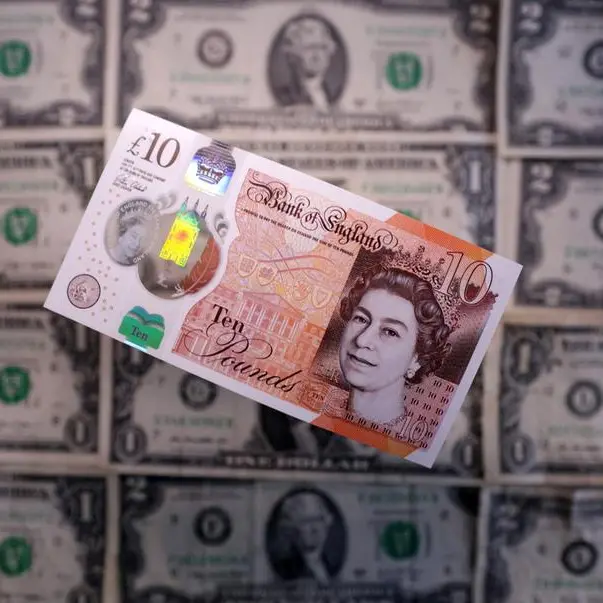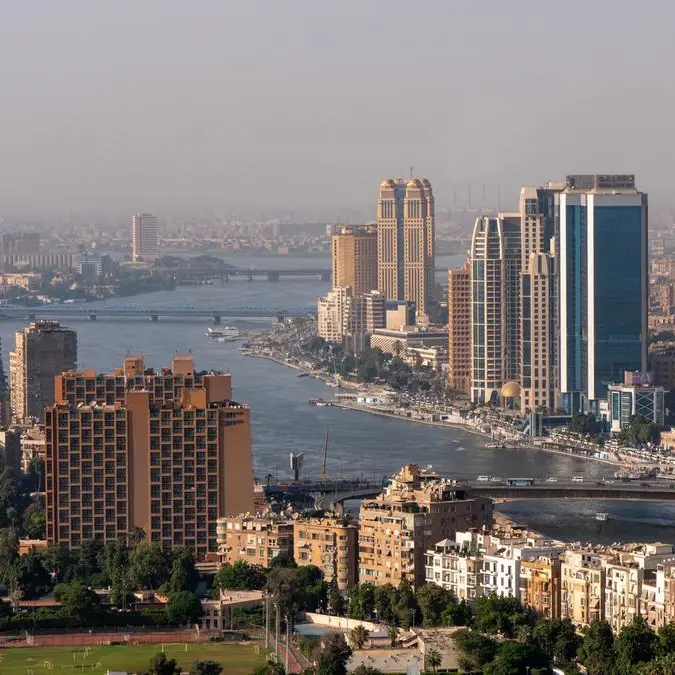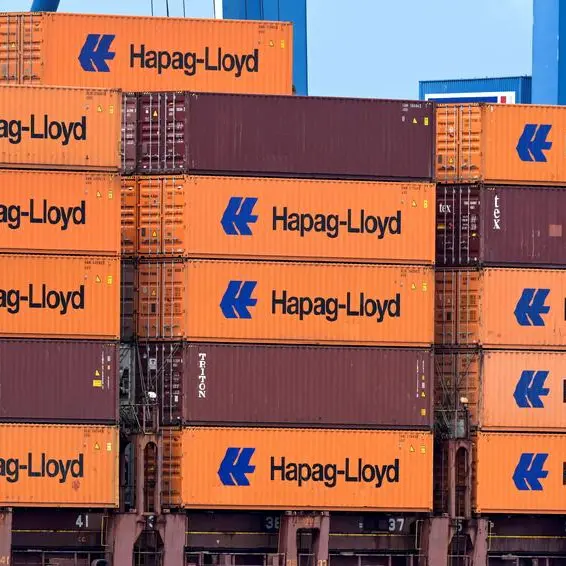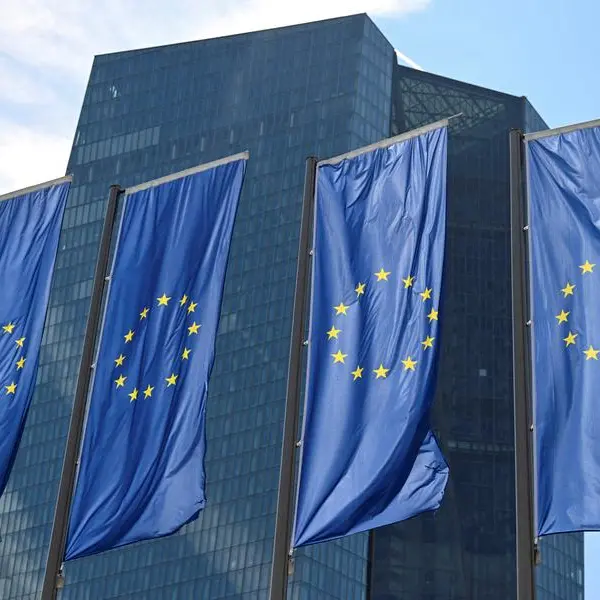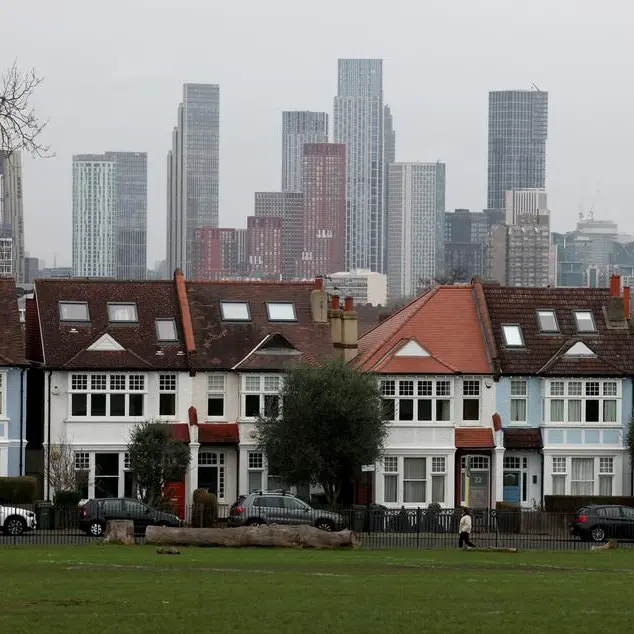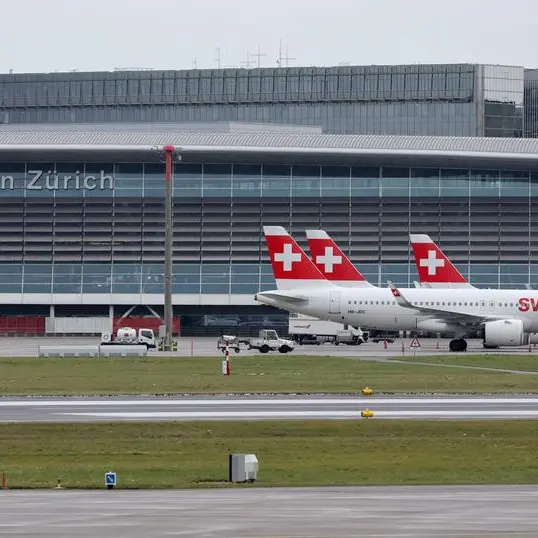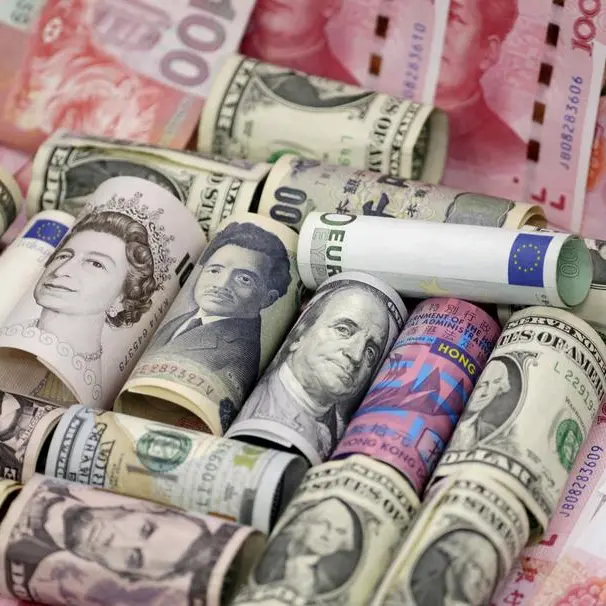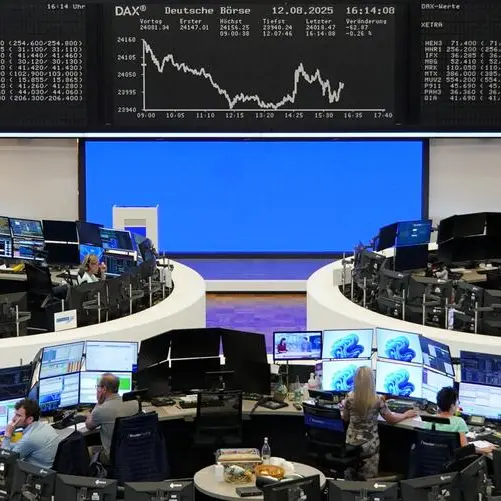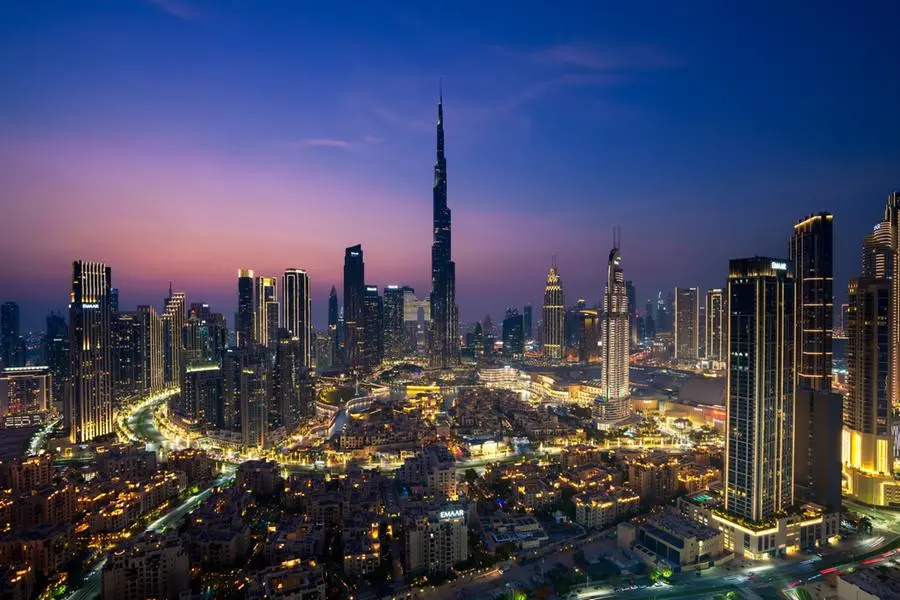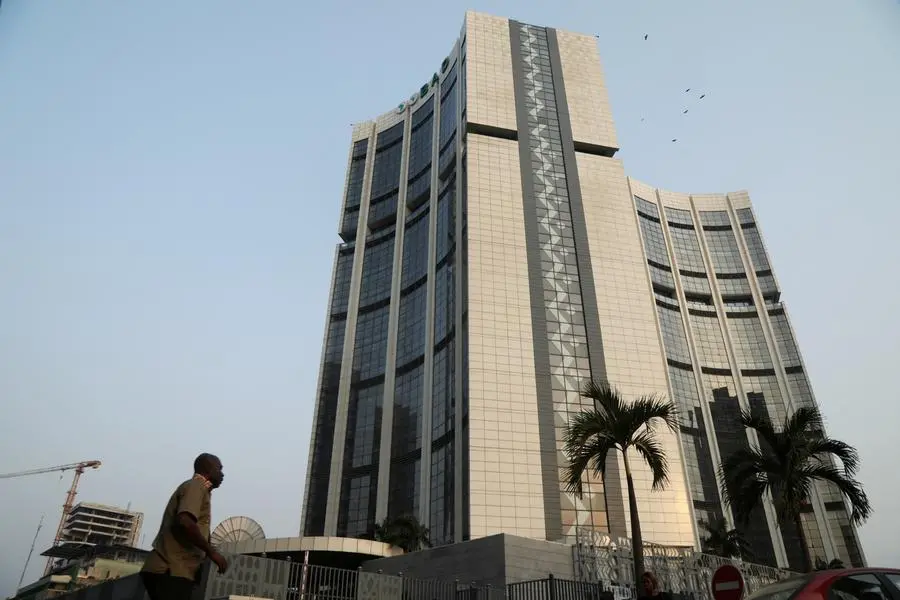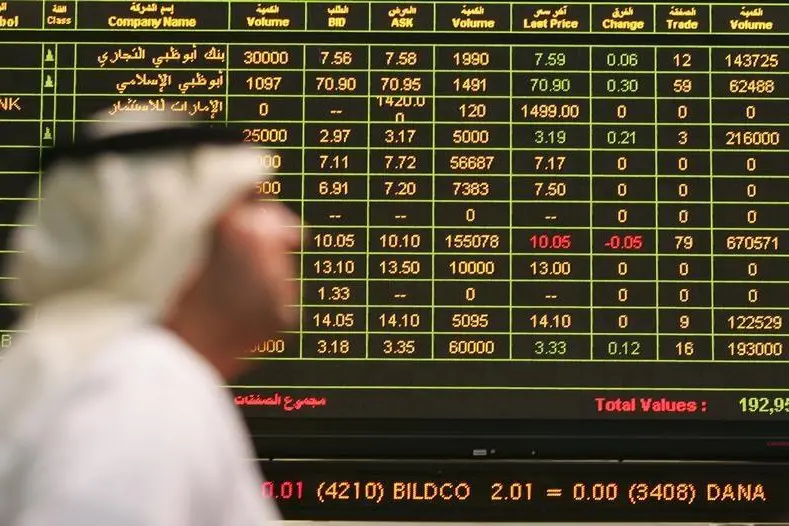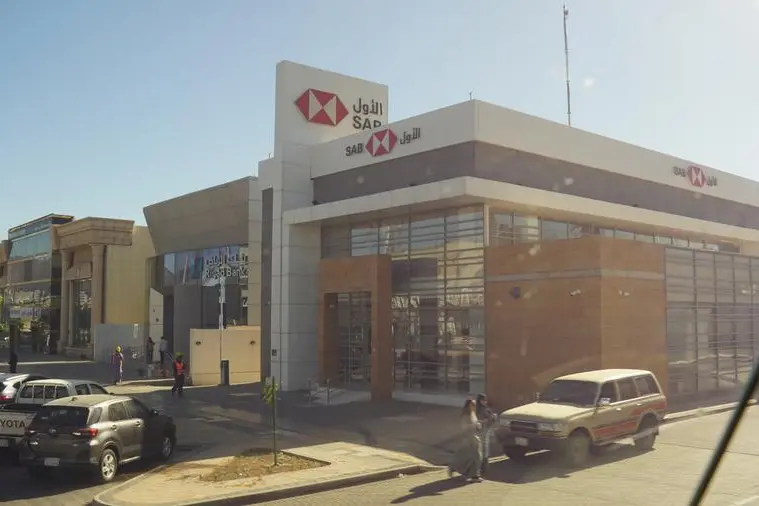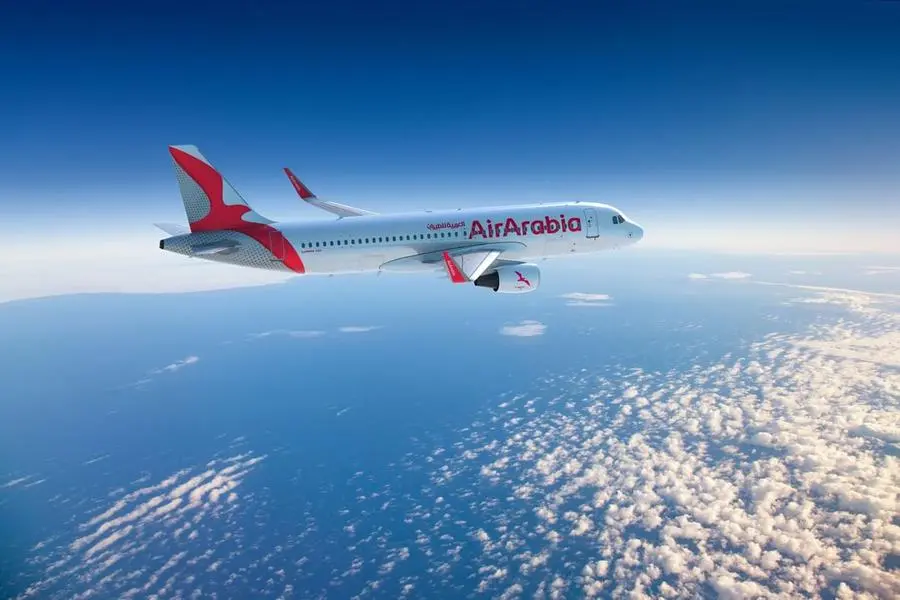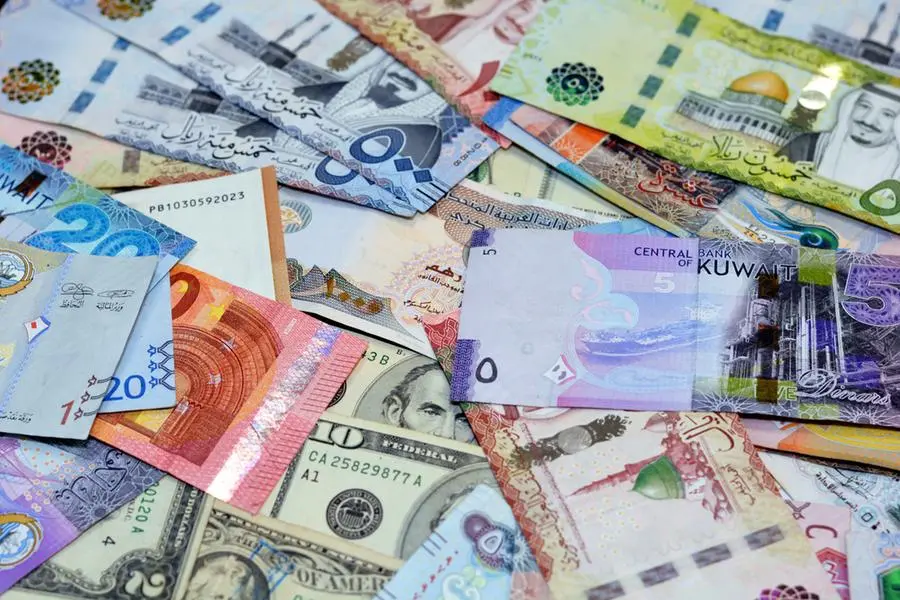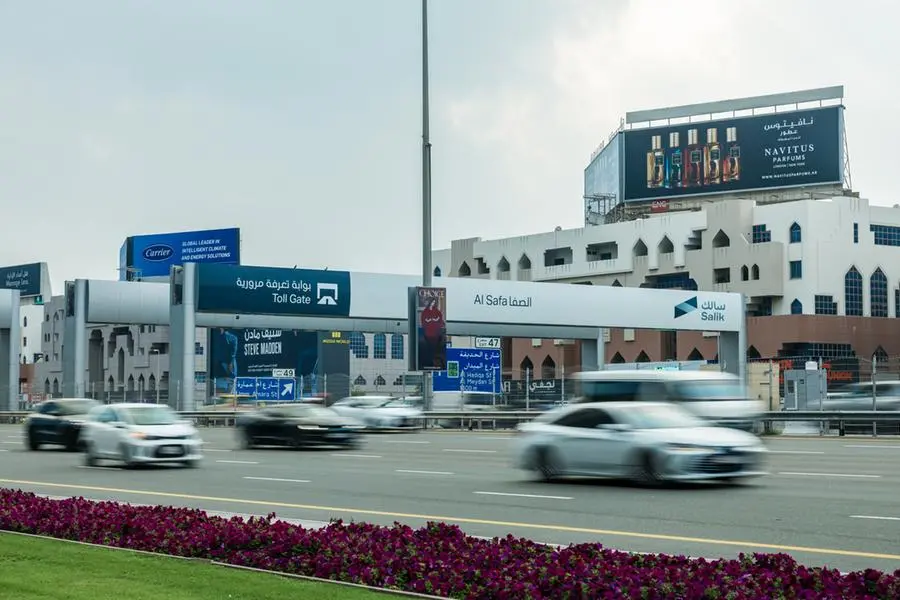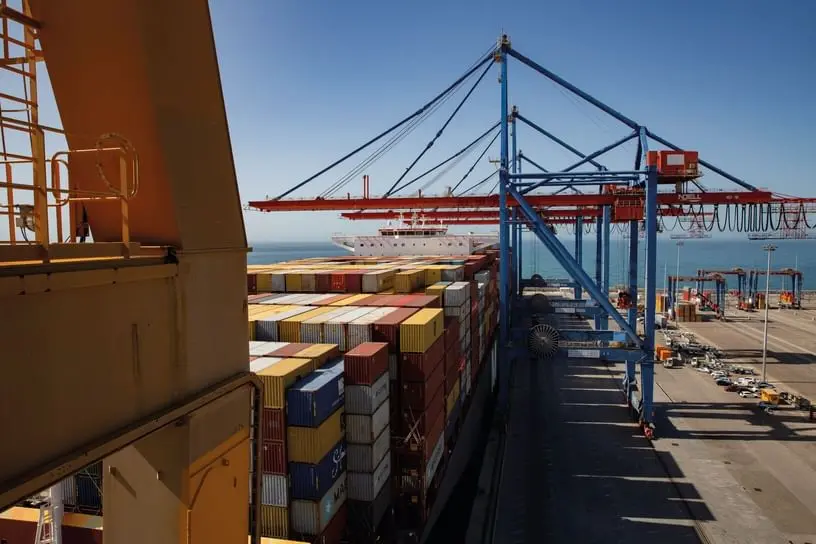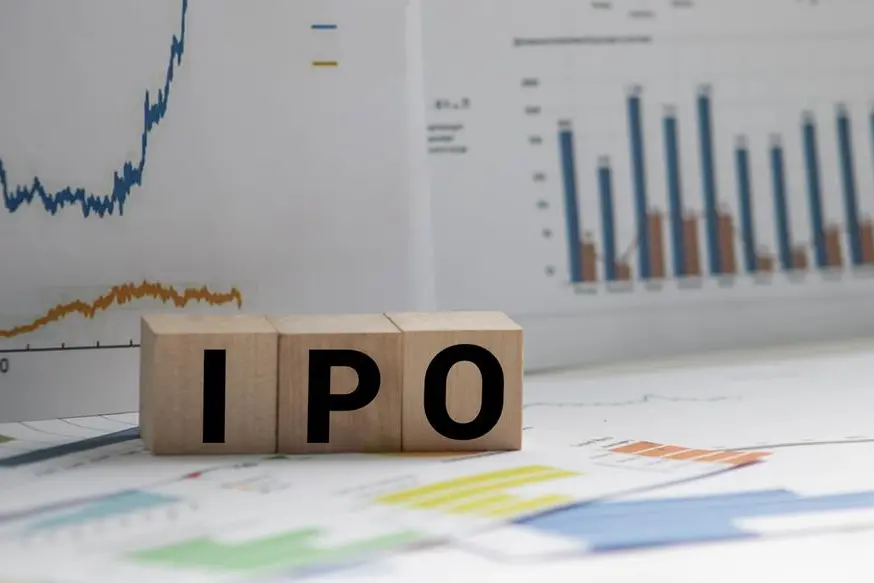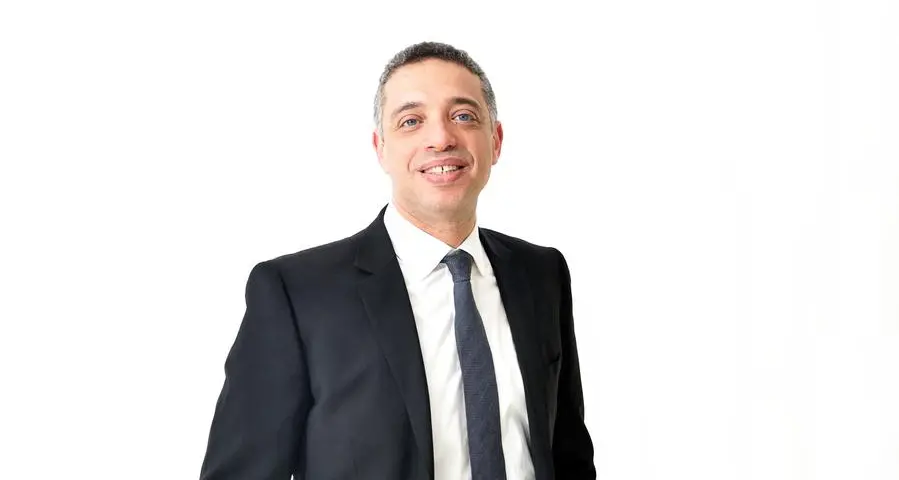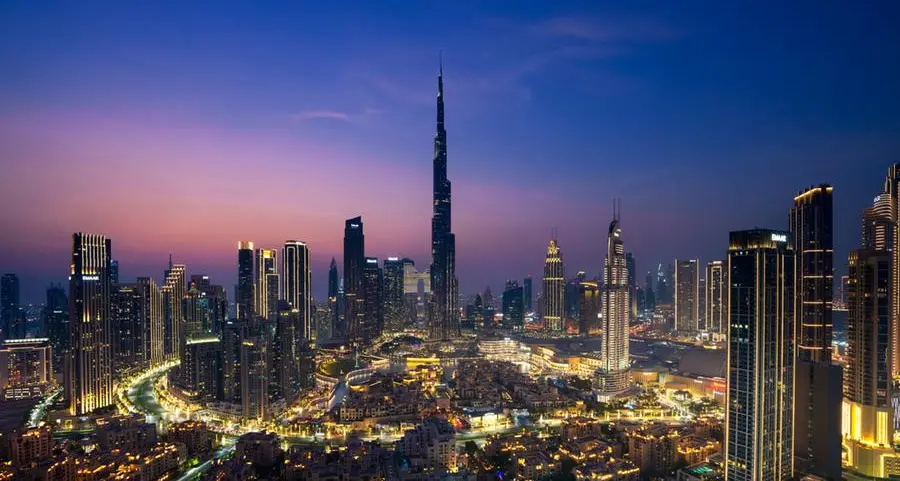PHOTO
FILE PHOTO: Chess pieces are seen in front of displayed Russia and Ukraine's flags in this illustration taken January 25, 2022. REUTERS/Dado Ruvic/Illustration/File Photo
A plan to use frozen Russian assets for war-torn Ukraine will dominate G7 talks in Italy on Thursday.
The US has proposed granting Kyiv a massive loan of $50 billion, using as collateral the interest on the 300 billion euros ($325 billion) of Russian central bank assets that the G7 and the EU froze after Russia's invasion of Ukraine.
On Wednesday, a French presidency official said that leaders had agreed to provide Ukraine with the $50 billion before the end of the year.
And the White House has promised "announcements" on the hotly-debated topic at the Puglia summit.
After initially advocating a straightforward confiscation of Russian assets, the United States is now on board with the European plan to use the interest generated by the frozen assets instead.
- How much? -
The EU and the Group of Seven -- Britain, Canada, France, Germany, Italy, Japan and the US -- have frozen some 300 billion euros of Russian central bank assets.
They have also seized private assets such as yachts, real estate and other property from oligarchs close to Russian President Vladimir Putin.
While there is no comprehensive tally, the Ukrainian think tank Institute of Legislative Ideas, which says it has consulted official sources, puts the total at $397 billion.
The World Bank estimates that it will cost more than $486 billion to rebuild the country, devastated by two years of war.
- Where is the money? -
Much of the money is in the EU: around 185 billion euros were frozen by Euroclear, an international deposit organisation based in Belgium.
That gives Europe an important role in deciding whether and how to use the blocked assets.
The rest is held by Austria, Britain, Japan, Switzerland and the US, according to the Institute of Legislative Ideas.
- Hurdles to overcome -
Under international law, the West cannot simply confiscate the Russian central bank's money.
To get around that, EU countries looking to help Ukraine agreed early last month to seize interest generated by frozen Russian assets instead -- a windfall of between 2.5 and 3.0 billion euros per year.
G7 finance ministers at the end of May also agreed in principle to front-loading the money by using expected future profits generated by the frozen assets -- without, however, defining how it would work.
Questions include how the risk would be shared between the US and Europe, how interest rates might change over time, and even who would issue the debt.
Initially there was talk of a loan issued just by the US. That has widened to the possibility other G7 countries could participate in the risk-sharing.
"This option... would send a strong message of international unity and cooperation to support Ukraine," European finance ministers said in early June in a preparatory document for a meeting.
G7 member Japan faces some restrictions: its constitution prohibits it from financing the military spending of third countries.
- What could go wrong? -
EU sanctions imposed on Russia -- including the freezing of Russian assets -- have to be renewed every six months by a unanimous vote at the Council of Europe.
Hungary's nationalist Prime Minister Viktor Orban, who has close ties to Putin, could block the renewal, particularly since Budapest will take over the rotating EU Presidency in July.
And critics have asked what would happen if peace was declared and the assets were unfrozen.
G7 finance ministers said Moscow's assets "will remain tied up until Russia pays for the damage it has caused to Ukraine" -- suggesting they could generate profits for a long time to come.
Concerns have also been raised that third countries like China could reduce investments in the West for fear that assets could be seized.
Russia is also threatening retaliation.
Putin signed a decree in May authorising the confiscation in Russia of assets belonging to the US or "associated" individuals.

